
Munich is the capital and most populous city of the German state of Bavaria. With a population of 1,558,395 inhabitants as of 31 July 2020, it is the third-largest city in Germany, after Berlin and Hamburg, and thus the largest which does not constitute its own state, as well as the 11th-largest city in the European Union. The city's metropolitan region is home to 6 million people.

The Deutsches Museum in Munich, Germany, is the world's largest museum of science and technology, with about 28,000 exhibited objects from 50 fields of science and technology. It receives about 1.5 million visitors per year.

Rosenheim is a city in Bavaria, Germany. It is an independent city located in the centre of the district of Rosenheim, and is also the seat of its administration. It is located on the west bank of the Inn at the confluence of the rivers Inn and Mangfall, in the Bavarian Alpine Foreland. It is the third largest city in Upper Bavaria with over 63,000 inhabitants. Rosenheim is the economic centre and the busiest place in the region.
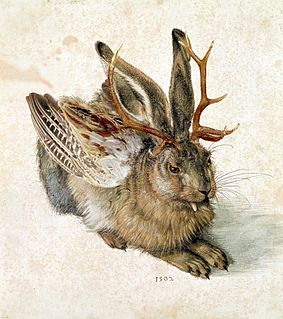
In German folklore, a wolpertinger is an animal said to inhabit the alpine forests of Bavaria and Baden-Württemberg in southern Germany.

The Neue Pinakothek is an art museum in Munich, Germany. Its focus is European Art of the 18th and 19th centuries, and it is one of the most important museums of art of the nineteenth century in the world. Together with the Alte Pinakothek and the Pinakothek der Moderne, it is part of Munich's "Kunstareal".

Mindelheim is a town in Swabia, Bavaria, Germany. The town is the capital of the Unterallgäu district. At various points in history it was the chief settlement of an eponymous state.
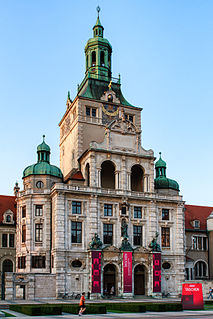
The Bavarian National Museum in Munich is one of the most important museums of decorative arts in Europe and one of the largest art museums in Germany. Since the beginning the collection has been divided into two main groups: the art historical collection and the folklore collection.

The Palaeontological Museum in Germany, is a German national natural history museum located in the city of Munich, Bavaria. It is associated with the Ludwig-Maximilians-Universität. It has a large collection of fossils of animals and plants such as Mesozoic reptiles, early elephants and saber-toothed cats. The paleontological and geological institute which houses the museum is formally called the Bavarian State Collection for Palaeontology and Geology, which itself is one of several institutions which make up the Bavarian Natural History Collections.
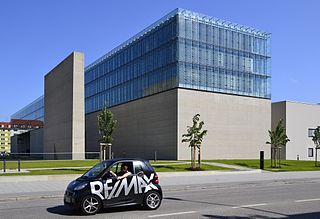
The Staatliches Museum Ägyptischer Kunst is an archaeological museum in Munich. It contains the Bavarian state collection of ancient Egyptian art and displays exhibits from both the predynastic and dynastic periods. The associated small Middle East section displays objects from the areas of Assyrian and Babylonian culture. For decades, the Egyptian museum was located in the Munich Residenz, but it was moved to the Kunstareal in June 2013.

The Bavarian State Archaeological Collection in Munich is the central museum of prehistory of the State of Bavaria, considered to be one of the most important archaeological collections and cultural history museums in Germany.
Joachim, Count of Schönburg-Glauchau was the nominal successor head of the former mediatised German Counts of Schönburg-Glauchau until 1945. Dispossessed and expelled from his homeland in 1945, he and his family migrated to the Rhineland, where he was an author and journalist. After the fall of the Berlin Wall, he returned to his homeland, represented the district in the Bundestag, and served in local government.

The Augustinian Church, also called the Augustinian Abbey (Augustinerkloster) or Abbey Church of St John the Baptist and John the Evangelist is a former church in Munich, southern Germany. Constructed during the 13th century and expanded during the next two centuries, it was the Abbey Church of the Augustinian hermits in the city.

The Staatliche Graphische Sammlung in Munich (München), Germany, is a large collection of drawings, prints and engravings. It contains 400,000 sheets starting from the 15th century from various artists around the world. Along with Kupferstichkabinett Berlin and Kupferstichkabinett Dresden, it is the most important collection of its kind in Germany. It is owned by the government of Bavaria and located within the Kunstareal, a museum quarter in the city centre of Munich.
The following is a timeline of the history of the city of Munich, Germany.
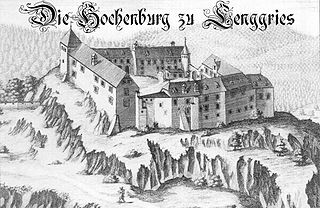
The Hohenburg is a ruined medieval castle near Lenggries in Bavaria, Germany. Once a dominating centre of power in the region, it was destroyed by fire on 21 July 1717.
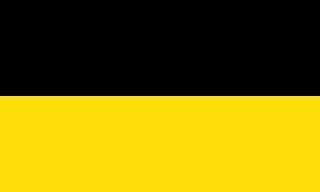
The following outline is provided as an overview of and topical guide to Munich:
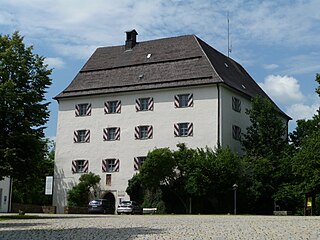
Wolfstein Castle or Schloss Wolfstein is a schloss and former castle in Freyung in Lower Bavaria. It gave its name to the county of Wolfstein which was dissolved in 1972.

Neuhauser Straße is part of the first and largest pedestrian zone in Munich's Old Town. Here, many retail shops and restaurants are to be found.

Max Haider was a German huntsman, draughtsman, lithographer, cartoonist and illustrator.



















